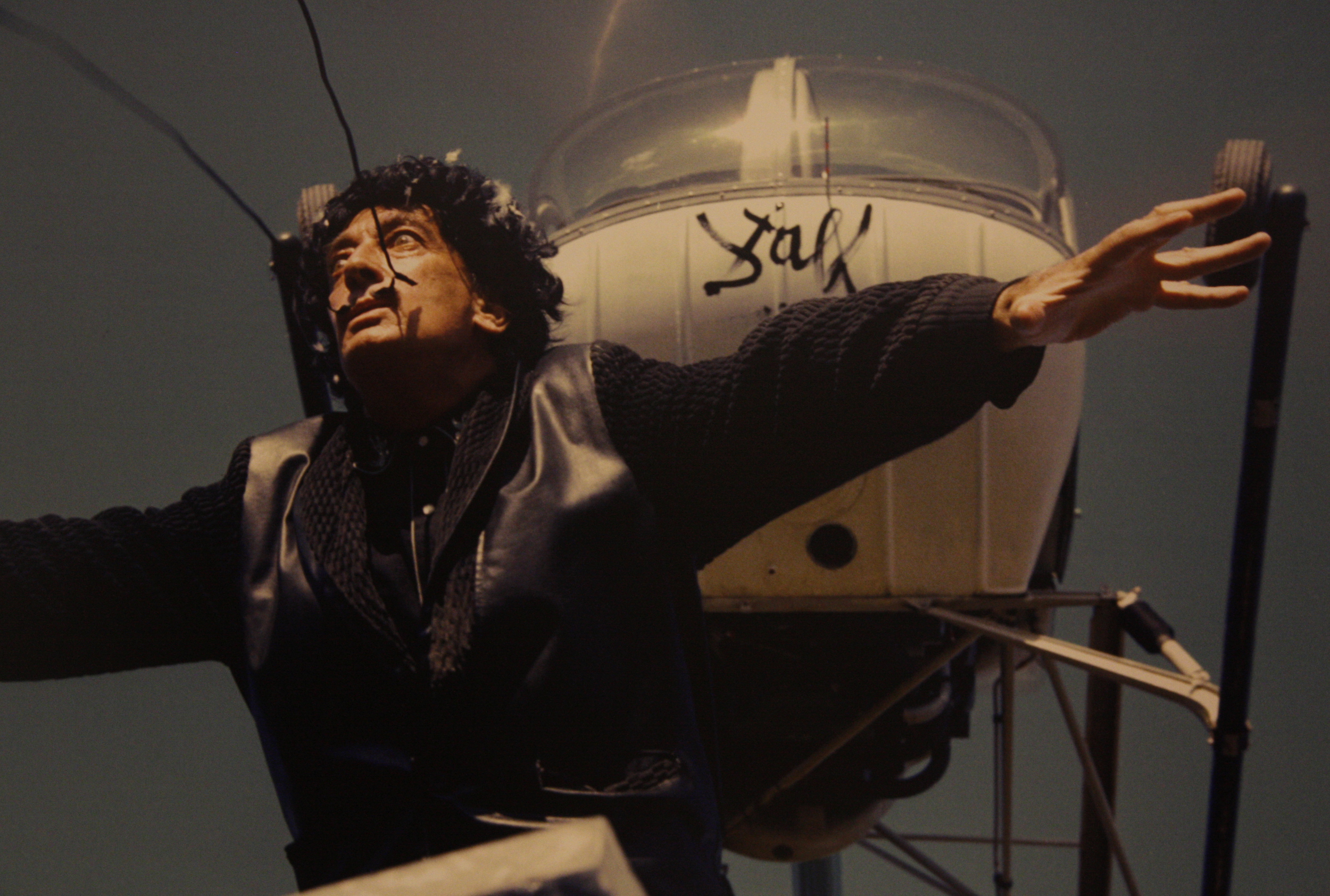Saint Petersburg’s Hermitage Museum opens exhibition devoted to Catalan Surrealism
From this Friday the 29th of October to the 5th of February 2017, the State Hermitage Museum in Saint Petersburg, Russia, is holding the exhibition ‘Surrealism in Catalonia. The artists of Empordà and Salvador Dalí’. The exhibition presents 70 works by 29 different Catalan artists from private collections or loaned by museums such as the Thyssen-Bornemisza in Madrid, Cau Ferrat in Sitges, De l’Empordà, in Figueres and Art in Cadaqués, one of the Costa Brava’s most iconic villages. The goal of the exhibition is to mark the importance of the surrealist art movement in Catalonia, mainly cultivated in Empordà – northern Catalonia - in the history of European Surrealism. Amongst the 70 pieces displayed in the exhibition there are paintings, but also works of sculpture and graphic art, such as the masterpiece by Dalí ‘Dream Caused by the Flight of a Bee around a Pomegranate a Second Before Awakening’.

Barcelona (CNA).- The State Hermitage in Saint Petersburg, Russia, has opened this Friday the exhibition ‘Surrealism in Catalonia. The artists of Empordà and Salvador Dalí’. The museum will display until the 5th of February 2017 some 70 works by 29 different Catalan artists. The exhibition includes not only paintings, but also works of sculpture and graphic art from private collections or loaned by museums such as the Thyssen-Bornemisza in Madrid, Cau Ferrat in Sitges, de l’Empordà in Figueres and Art in Cadaquès. The aim of the exhibition is to disseminate the importance of the surrealist art movement in Catalonia, that goes beyond Salvador Dali and has major exponents in Empordà - a region in northern Catalonia. After the showing in Saint Petersburg, part of the exhibition will be moved to Andorra, to a display organised by the Fundació Reig.
For the first time the Russian public have the opportunity to acquaint themselves with works by Catalan surrealists, to see and understand the genesis of one of the 20th century’s most attractive and intriguing artistic phenomena. The exhibition, curated by Sviatoslav Savvateev, Alícia Viñas and Yuri Saveliev, aims at marking the importance of the Surrealism movement in Catalonia through well-known artists such as Dalí, but also through other leading figures related to l’Empordà, a region in Catalonia which includes the iconic Costa Brava.
Although Dalí is the foremost exponent of Surrealism and its oeuvre is represented in the exhibition by works such as ‘Retrospective Bust of a Woman’ (1933), ‘Surrealist Object Functioning Symbolically’(1933–70) and the famous painting ‘Dream Caused by the Flight of a Bee around a Pomegranate a Second Before Awakening’ (1944), there is also a list of other famous and significant Surrealists. Other prominent Empordà artists represented include Àngel Planells (‘Moon on the Seashore’, 1947), Esteban Francés (‘Surrealist Composition’, 1932) and Jaume Figueras (‘Surrealist Landscape’, 1980).
The State Hermitage Publishing House has produced a catalogue for the exhibition with texts by Spanish art historians and critics.
Surrealism, the art of the subconscious
Surrealism was a cultural movement which began in the 1920s with writers and artists who experimented with ways of unleashing the subconscious imagination. Artists painted unnerving, illogical scenes with photographic precision, created strange creatures from everyday objects and developed painting techniques that allowed the unconscious to express itself. Salvador Dalí and Joan Miró, both Catalan, were amongst its main representatives.
Surrealist imagery is probably the most recognisable element of the movement, yet it is also the most elusive to categorise and define. Each artist relied on their own recurring motifs which arose in their dreams or/and unconscious mind. At its basic level, the imagery is outlandish, perplexing, and even uncanny, as it is meant to jolt the viewer out of their comforting assumptions. Nature, however, is the most frequent imagery: Max Ernst was obsessed with birds and had a bird alter ego, Salvador Dalí's works often include ants or eggs, and Joan Miró relied strongly on vague biomorphic imagery.